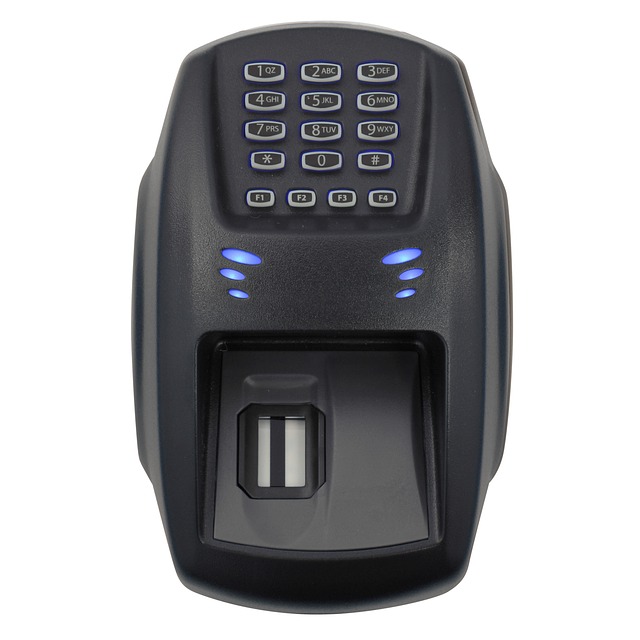
Unlocking Security: The Power of Behavioral Biometrics in IT
In an increasingly digital world, the need for robust security measures in information technology has never been more pressing. With cyber threats evolving at an alarming pace, traditional security protocols often fall short, leaving organizations vulnerable to breaches. Enter behavioral biometrics, a revolutionary approach that harnesses the unique patterns of human behavior to enhance security measures.
Unlike conventional biometrics such as fingerprints or facial recognition, which identify a user based on physical traits, behavioral biometrics focuses on how individuals interact with devices. This includes analyzing their typing rhythm, mouse movements, and even the way they navigate applications. By establishing a behavioral profile, organizations can create a secure environment that adapts to the legitimate user’s unique habits.
The benefits are profound. When implemented correctly, behavioral biometrics can significantly reduce the risk of unauthorized access, as it continuously monitors user behavior in real time. If any anomalies are detected—perhaps a login attempt from an unusual location or a drastic change in typing patterns—the system can trigger additional security measures, such as requiring multifactor authentication or temporarily locking the account until further verification is completed.
In the realm of information technology, the integration of behavioral biometrics can transform the landscape of cybersecurity. It allows for a more intuitive approach to authentication, moving beyond the cumbersome passwords and PINs that users often forget or compromise. By making security seamless and user-friendly, organizations can improve compliance rates and foster a culture of security awareness among their employees.
One of the most compelling aspects of behavioral biometrics is its adaptability. Unlike static security measures that remain unchanged regardless of user behavior, this technology evolves alongside its users. As behavioral patterns change over time—whether due to lifestyle changes, stress factors, or even health issues—the system can adjust to ensure that security protocols remain effective without compromising user experience.
Moreover, as organizations strive to provide better user experiences while ensuring security, behavioral biometrics stands out by offering a solution that is both innovative and practical. With data privacy concerns becoming a significant issue in the digital landscape, the anonymity provided by behavioral analysis further protects users’ sensitive information. Users do not need to share their physical characteristics, thus lowering the risks associated with data breaches.
However, the implementation of behavioral biometrics isn’t without challenges. Organizations must be vigilant about privacy and the ethical handling of data. Establishing transparent policies and ensuring that users are aware of how their behavioral data is being used is crucial in building trust. Furthermore, incorporating this technology requires an investment in infrastructure and training, which can be daunting for some organizations.
Despite these challenges, the potential of behavioral biometrics in enhancing security within the information technology sector is immense. As cyber threats continue to evolve, embracing innovative solutions like behavioral biometrics is not just a competitive advantage; it’s a stepping stone towards a more secure digital future. By unlocking this powerful tool, organizations can safeguard their assets while providing their users with the seamless experience they crave.



